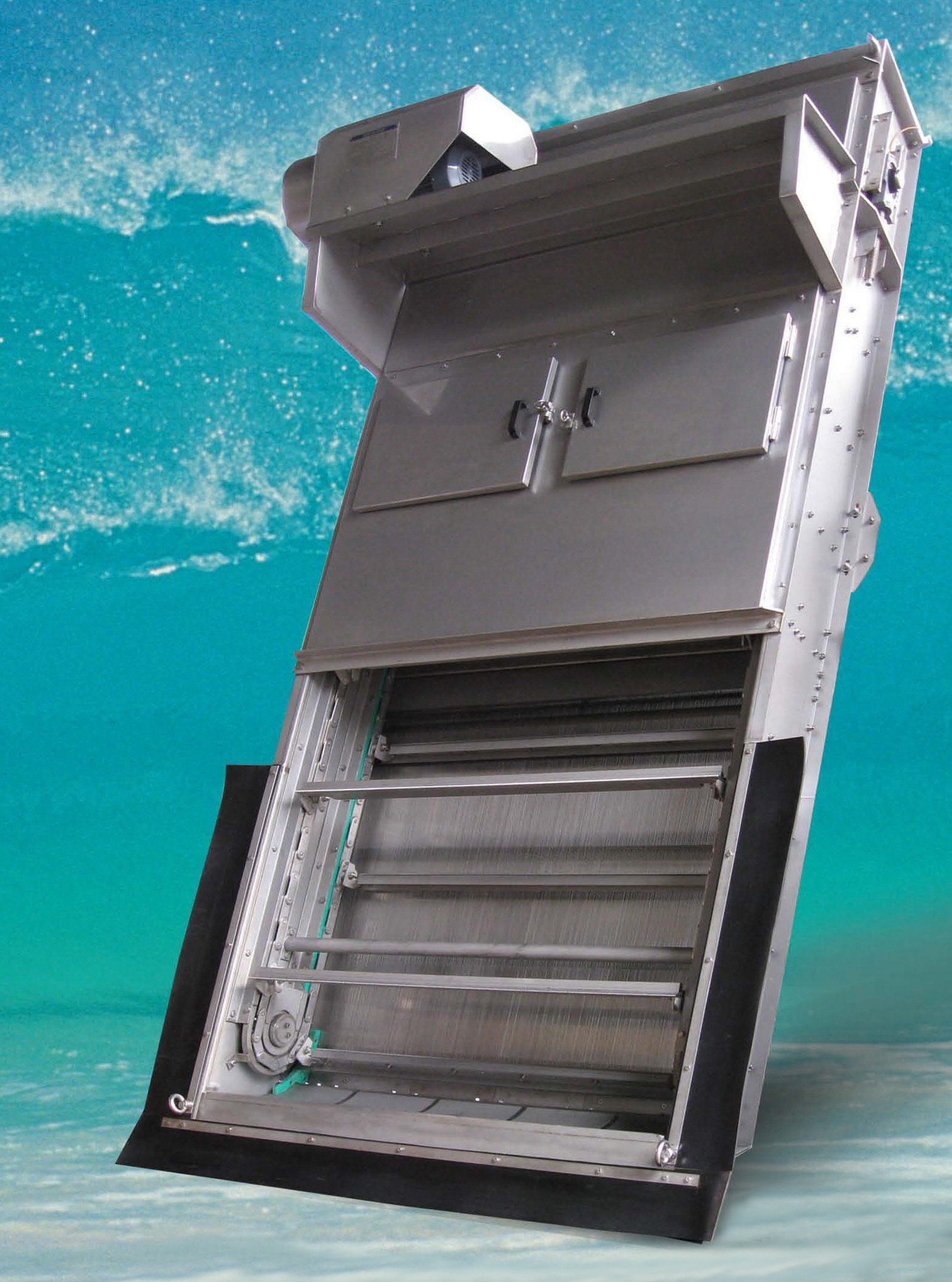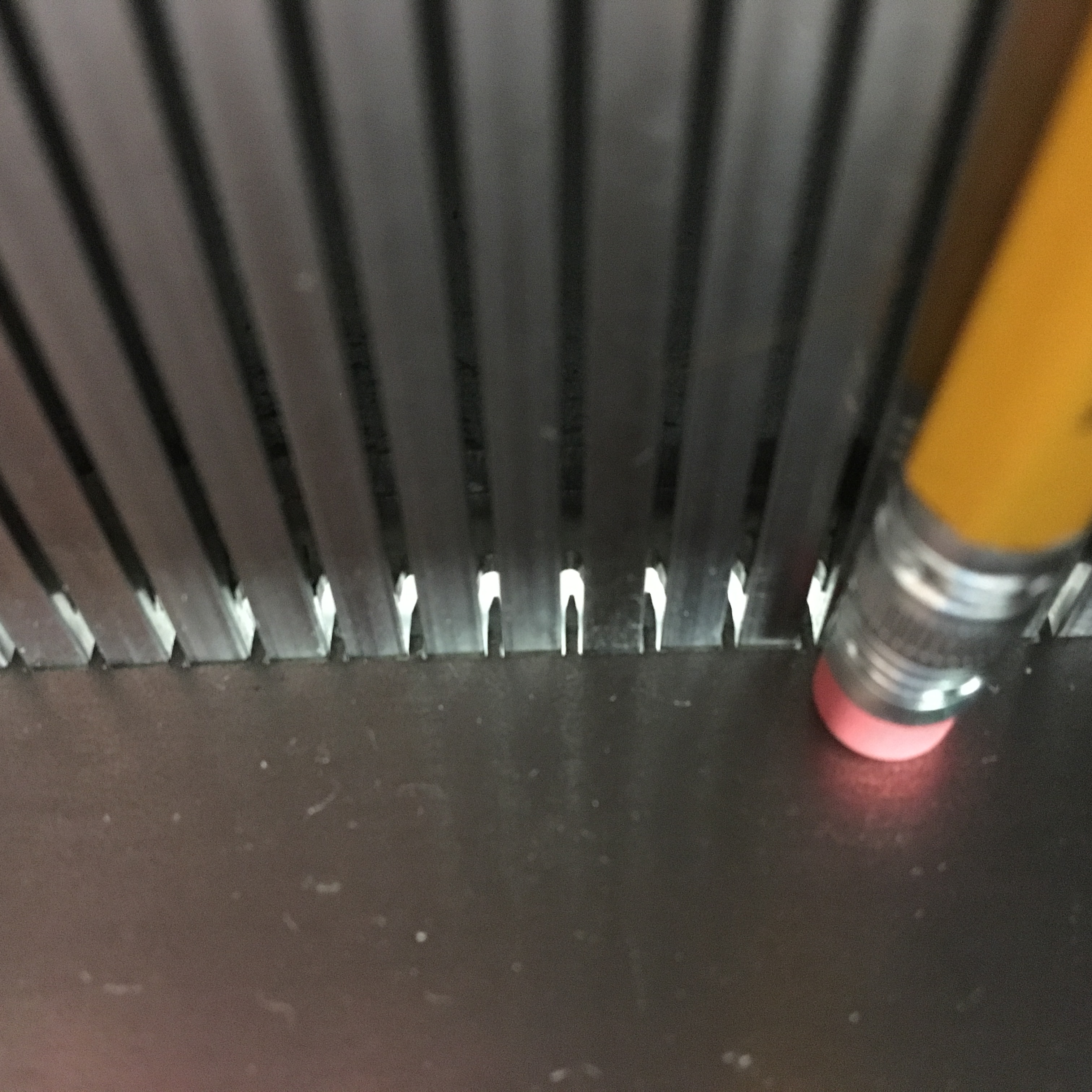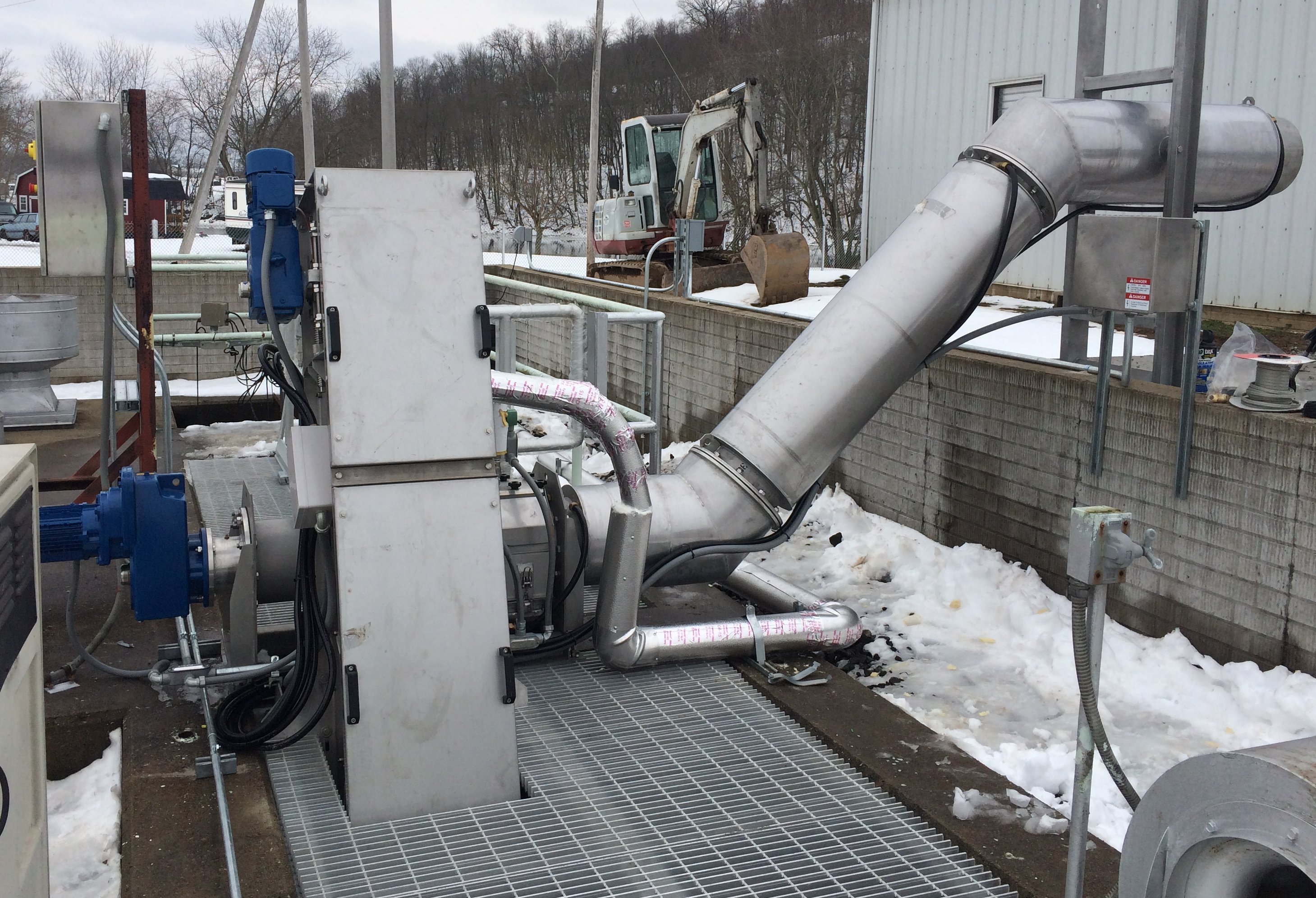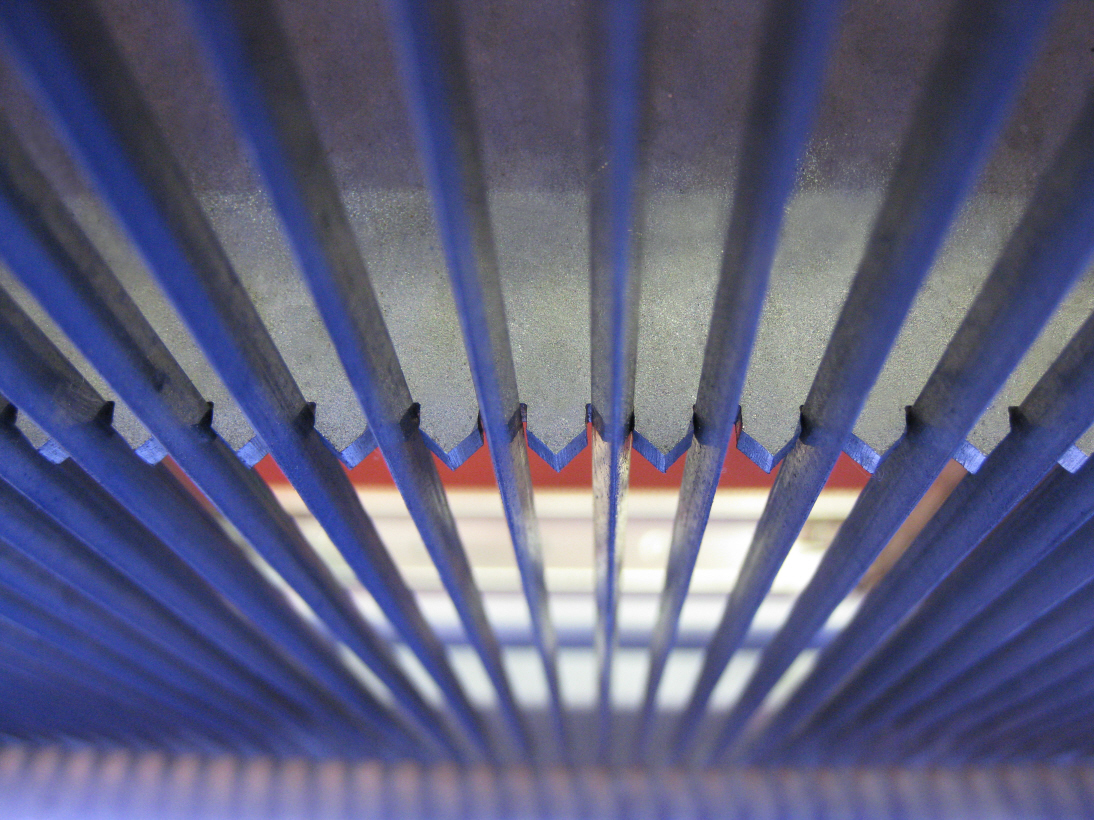



Removing wipes, rags, plastics, hair and other stringy material at a WWTP is crucial. However, a lot can pass through and bind the equipment, resulting in high maintenance costs. One company created a 2.0mm screen which hopes to eliminate downstream matting.
Due to its non-clogging design, Or-Tec’s Blue Whale unit can be used for screening industrial, food processing or municipal wastewater with high fats, oils, and grease levels (FOG). These high concentration FOG wastes are very difficult to screen and bind most screens. The screen can operate in these types of waste with as low as 1 mm openings, protecting pumps and valves by removing this scum, while remaining open and clog free.
The 1-5 mm opening mechanical bar screen is suitable for the headworks of both municipal and industrial wastewater treatment plants with over 1,500 units in operation, including over twenty in U.S. military bases in South Korea. The screens are manufactured in an ISO 9001 US manufacturing and ISO 14001 environmental standards factory.
Unlike typical bar screens that use flat bar, which makes the openings between the bars prone to clogging, the screen uses a parallel array of wedge-sectioned bars (not wedge-wire) with even spaces to form the screen face. Wedge-sectioned screen bars have only two contact points on which material can block, as the path from the screen face to the back of the screen is gradually enlarged. Solids which passed through the two contact points should not become clogged between the wedge shaped bars. A cleaning rake with slotted teeth penetrates well past the opening on the wedge bar, cleaning the screen array and thereby completely preventing clogging or binding of the screen.
It is typically located in the influent wastewater channel at about a 75° angle. The water flows through the openings between the screen bars while the solids are captured on the upstream side of the screen bars. Captured solids are lifted up to the top of the screen by the travelling rakes, whose penetrating teeth fully clean the openings between the screen bars. These screenings are discharged by a scraper mechanism to a receptacle for disposal.
This process is mechanically reliable and repeatable, as the entire rake enters cleanly and keeps going time-after-time. The screen is environmentally efficient as no wash water is needed to keep the screen openings clean. This should convert to savings in water and electrical usage.
The screen can also be installed vertically. This allows the unit to operate in applications with deep inverts where an inclined screen will not fit. The vertical screen can also be installed in wet wells and pumping stations to protect pumps.
Case studies
Rittman WWTP (Sterling, OH, USA) Servicing a municipality of approximately 6,300 customers, the plant was experiencing problems with trash rack bar screens that had 2 inch gaps which resulted in a deluge of rags in the plan. This resulted in the pumps having to be pulled and cleaned monthly. Having researched screen system options via visiting a number of different installations, Ken Mann, Rittman WWTP’s Utility Director, installed the 3.0mm micro bar screen. It claims to catch everything from rags to random bi-products, which are compacted into pellets before going into a hopper/compressor.
Hazlehurst WWTP (Hazlehurst, GA, USA): In the historic small town of Hazlehurst, GA’s Mayor Bayne Stone was looking to replace an old screen that left their WWTP infiltrated with debris materials, which resulted in major plant shutdowns for cleaning. With plans to rebuild the plant in 2017, Stone sought out a solution to the problem at an industry tradeshow. He was provided with a detailed demonstration of the micro bar screen system which features a 2.0mm opening and 4 mgd flow/set. Stone purchased the system and within four weeks it was in operation.
Pet Food Care Company (AZ, USA): The industrial wastewater system for the production of a leading national brand of cat food products in Arizona handles a lot of cooked meat products that produce thick, oily run-off with FOG residual debris. OR-TEC provided a self-cleaning, micro bar screen featuring a 1.0 mm opening and 0.1 mgd flow/set, processing 50 gpm at 28,000 parts per million TSS, which is mainly FOG.





